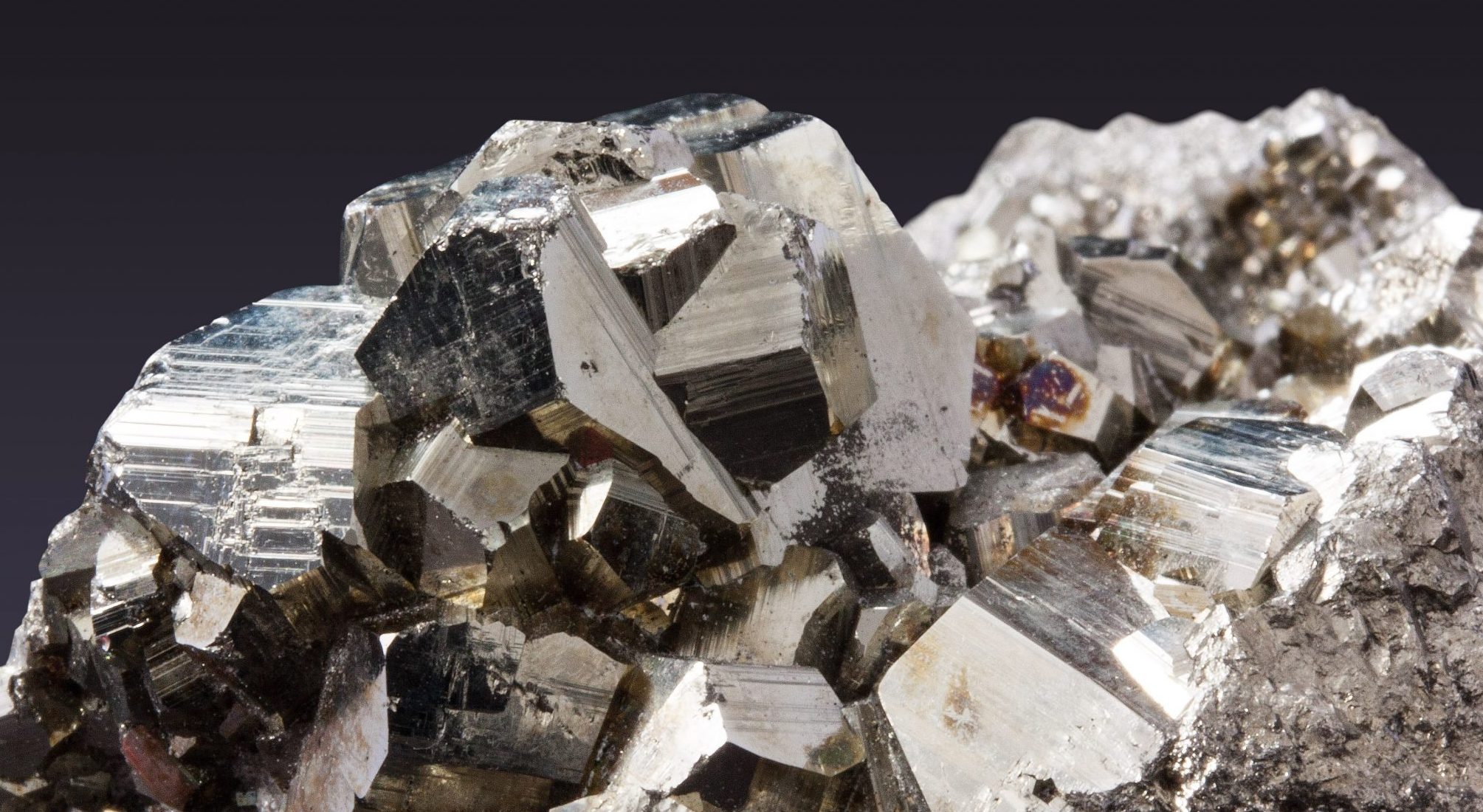Managing Associate at Sharkawy & Sarhan Law Firm
For years, Egypt’s mining sector was struggling to attract new investments. The existing regime presented significant economic and regulatory challenges. In July 2019, the Egyptian Parliament approved changes to Mineral Resources Law no.145/2019 (the Law). The Prime Minister introduced a completely new executive regulation in January 2020 (the ER).
What makes this regulatory change significant for mining investors?
The recent regime changes were introduced following various informal consultations between the government and investors. These developments received positive reactions in industry and investor circles alike. This recently updated regime should govern exploration licenses to be granted under the new bid round.
We highlight below the most salient economic and regulatory aspects of the changes introduced to the regime, with which the new licenses should be compatible.
Royalty, tax, rent regime and mining investor’s financial obligations
The production sharing/cost recovery old regime is now replaced by a royalty, rent, and tax regime. Royalties are now capped to 20 percent. The ER royalty schedule lists a gold royalty of 5 percent of the annual ore production. An investor will pay a social responsibility contribution of 1 percent of the royalty to the Governorate in which the mine is located. Also, a licensee will commit to minimum exploration expenditure equivalent to four times the rent value. The value of the rent will be reviewed every three years.
The ER sets out the annual rental value per km. For mines these from EGP 5,000/ km2 for the 1st exploration period to EGP 20,000/ km2 for the 4th exploration period and EGP 25,000/ km2 for mines in exploitation phase). The rental value will be paid annually, in advance and in local currency. Financial security is required as a guarantee for exploitation operations and site restoration obligations, of a value equivalent to the rent value, and a bank letter of guarantee may be presented in satisfaction.
Regulatory entities and licensing aspects
The changes attempt to clarify competent regulatory bodies for each type of mineral resources activities. EMRA is the regulator of the sector. The amendments grant EMRA relative freedom with MOP’s approval as to tendering and determining contracting terms, in a less restrictive manner than that of public tenders’ regulations. They also include the possibility of splitting the exploration and the exploitation licensing process and facilitating the process of granting the license. The developed regime provides MOP with the competency to issue exploration licenses for precious metals and stones (e.g., gold). Exploitation licenses for mines exceeding 16 km2 will need to be issued by a special law (see Art. 9 of the Law). However, EMRA has yet to show the new concession model.
The exploration period is two years. A third exploration period is now available under the Law. Exploitation licenses can be granted for up to a combined total of 15 years.
Exceptions to single ore license
Initially, the scope of a mining exploration license would cover only one ore. Under the ER, it is possible to adjust the exploration license to an expanded scope, with EMRA’s approval, in cases where there is another ore mixed with the one covered by the license, without being able to extract one without the other.
Assignability of licenses
An exploration/exploitation license is assignable. The direct (full or partial) assignment will require the pre-approval of the MOP and, while not expressly mentioned, likely EMRA’s too. Approval will be conditional on the assignor fulfilling all its obligations and payment of an amount equal to twice the rental value, which appears to be an assignment bonus effectively. The assignee must show to EMRA/MOP’s satisfaction it is technically and financially capable, must be listed in the pre-qualified investors’ registry, and pay a security amount that will be determined by EMRA and MOP. Now, indirect assignments must be notified to EMRA/MOP. No change of control threshold is implemented. Practically, the wording concept appears broad enough to catch any transaction leading to a change of control of the shares of the licensee.
The success of the changes in turning Egypt’s mining sector remains to be seen. The coming few months will be crucial for testing the updates to the regime.







